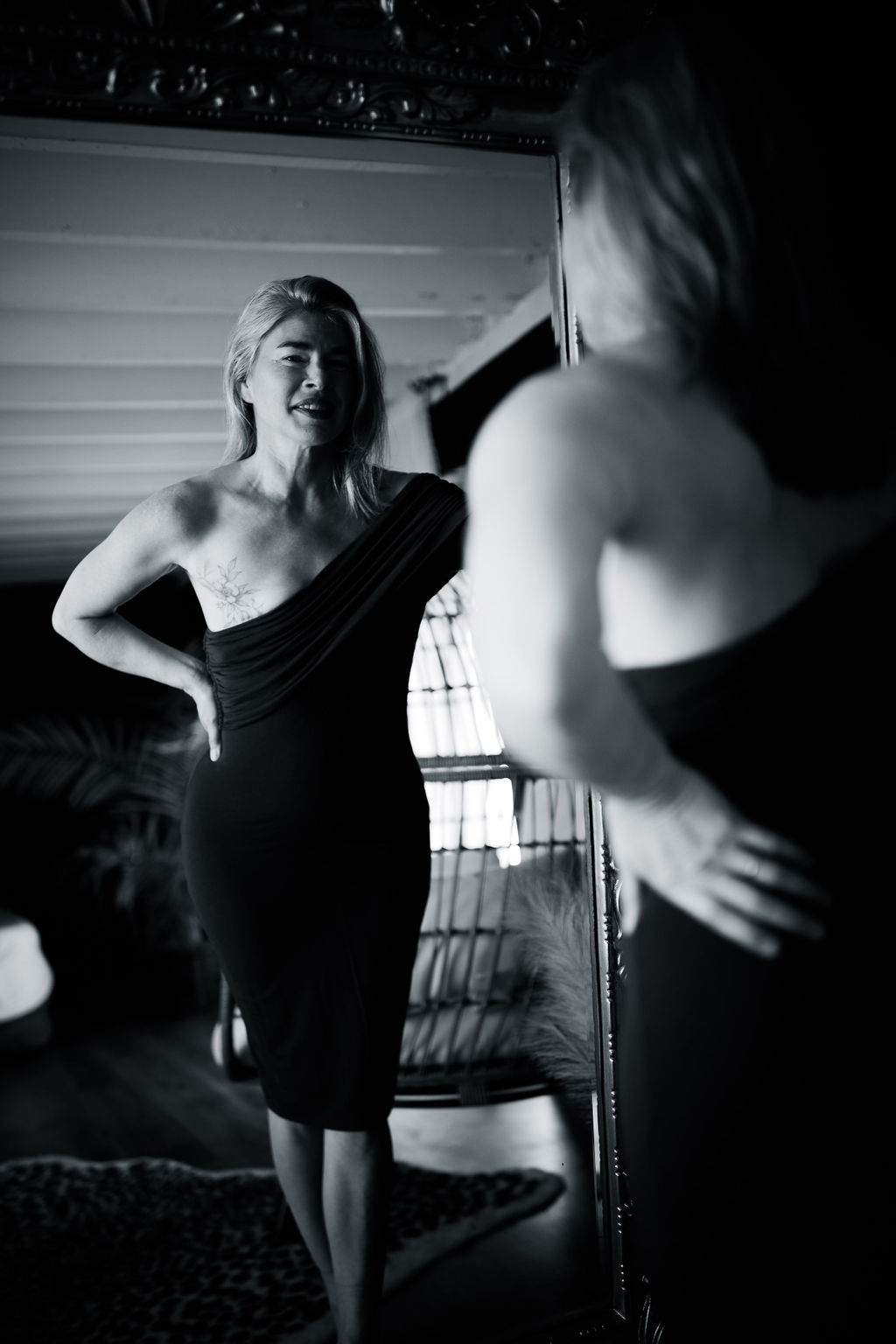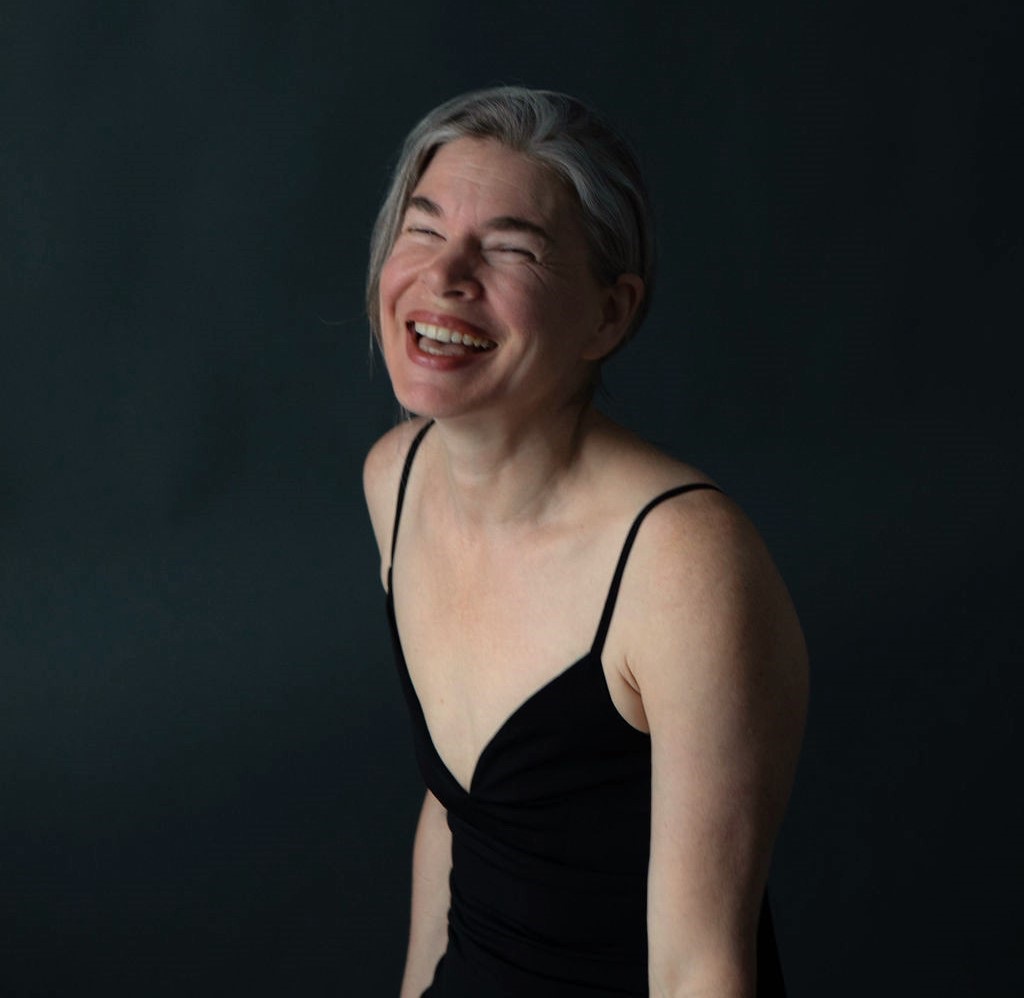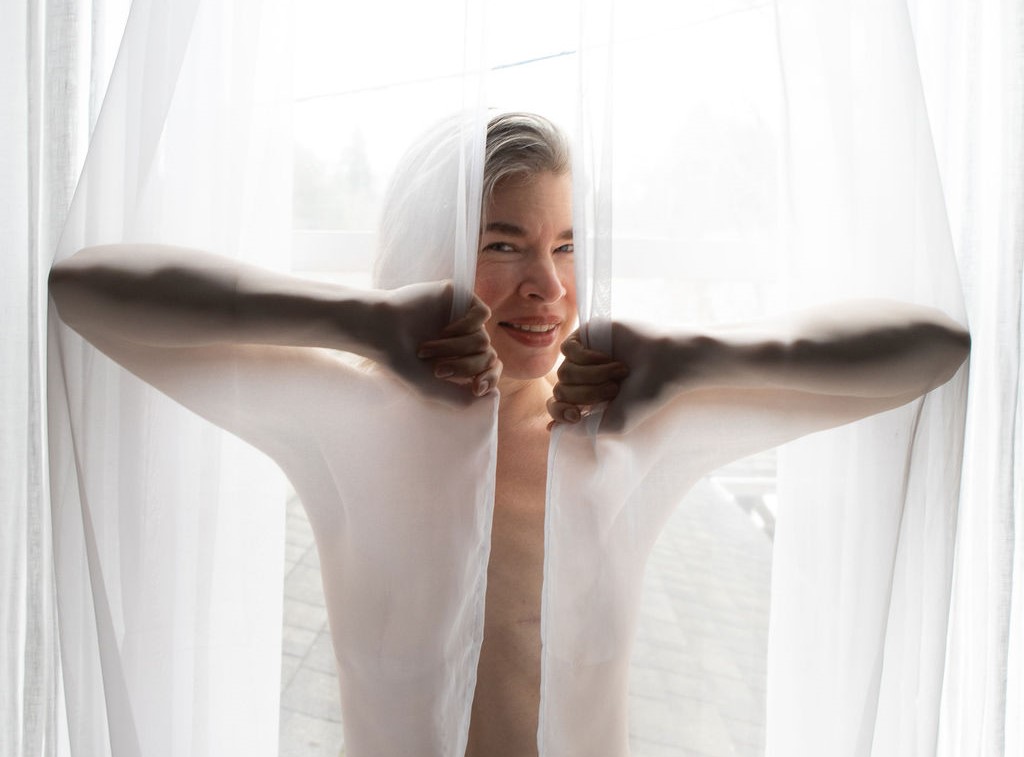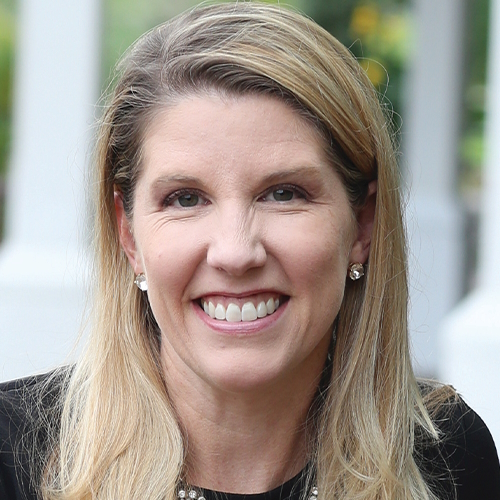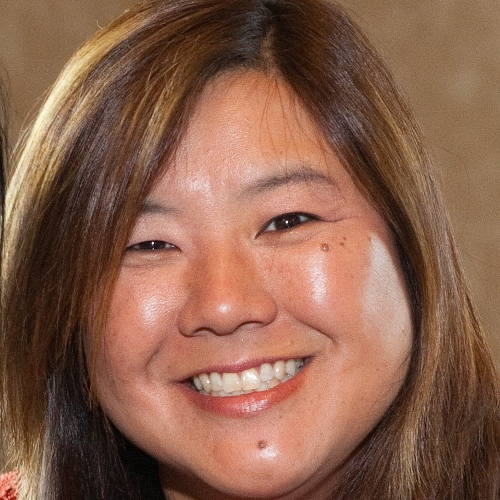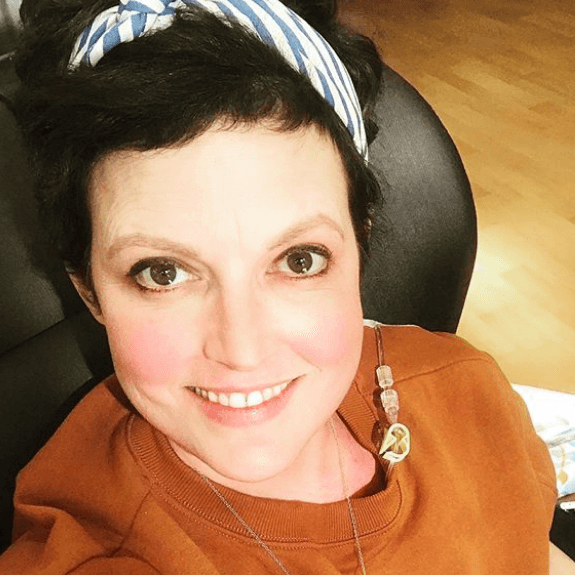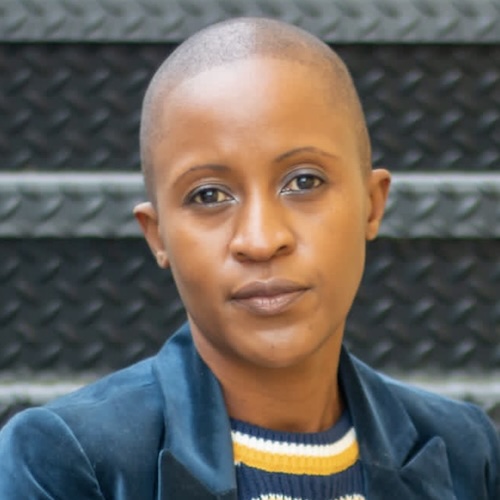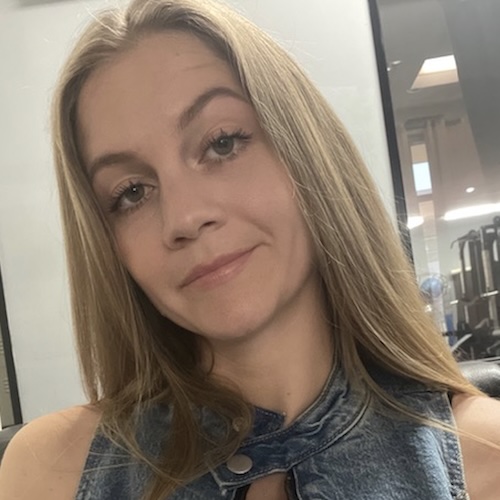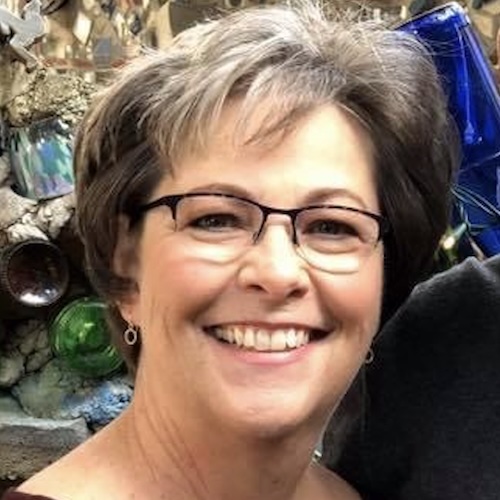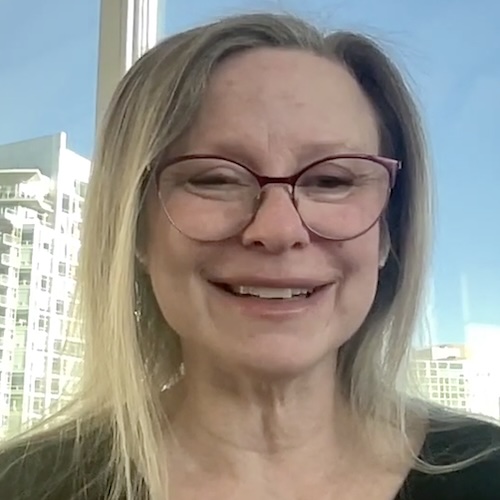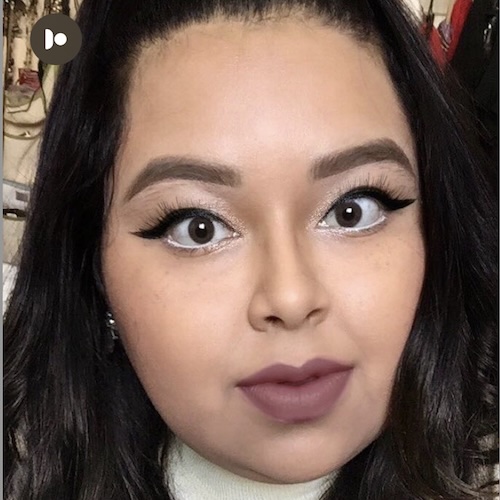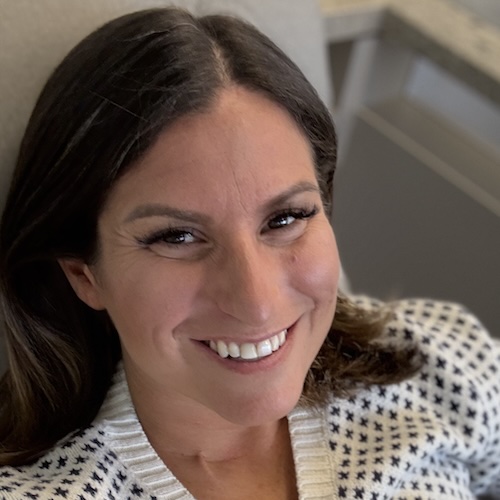Kathleen Reclaims Body Confidence After Lobular Breast Cancer
Kathleen opens up about her unexpected encounter with lobular breast cancer (invasive lobular carcinoma or ILC). Her story isn’t just about diagnoses and surgeries — it’s about resilience, body acceptance, and community.
Interviewed by: Nikki Murphy
Edited by: Chris Sanchez
Kathleen’s breast cancer story began subtly over a decade ago with a benign cyst in her right breast, which led doctors to monitor a faint shadow in her left breast. Despite regular check-ups, it wasn’t until she noticed bloody nipple discharge, a symptom she now knows can indicate breast cancer, that things escalated. Even with MRIs — one of which helped reveal that she had calcifications, a result of ductal carcinoma in situ (DCIS) — ultrasounds, and biopsies, her cancer remained elusive until a mastectomy finally revealed the presence of lobular breast cancer or ILC, a sneaky type of cancer that spreads like a spider web, making it notoriously hard to detect in imaging.

Kathleen reacted swiftly and decisively to her diagnosis. Discovering invasive cancer in one breast prompted her to opt for a second mastectomy for peace of mind. Interestingly, she discovered that ILC accounts for about 15% of breast cancers, yet it flies under the radar compared to its more common counterpart, invasive ductal carcinoma (IDC).
Choosing not to undergo reconstruction, Kathleen faced challenges advocating for her preference to remain flat. Unfortunately, her first plastic surgeon didn’t fully respect her wishes, leaving her with excess skin after surgery. This experience, known as “flat denial,” is common among women seeking a flat closure after mastectomy. However, Kathleen found her voice, connected with supportive online communities, and eventually met a surgeon who honored her decision.
Body-image recovery was transformative. Rather than dwelling on loss, Kathleen embraced her new body, drawing parallels to her carefree childhood self. She even had a beautiful wild rose tattoo done to celebrate her scars and overall experience. Her advocacy work with groups like the Lobular Breast Cancer Alliance and Stand Tall AFC has helped empower countless women to embrace their post-mastectomy bodies confidently, just as she has.
Kathleen’s health journey didn’t stop with surgery. As a nutritionist, she initially believed diet was the key to cancer prevention but later shifted her focus to exercise oncology. She now leads Walk Away From Breast Cancer, a community initiative that promotes physical activity among survivors.
Kathleen’s story is a beacon of hope, illustrating that life after cancer isn’t just about survival — it’s about thriving, self-acceptance, and finding strength in community. Watch her video to learn more from her about:
- Why she chose to go flat — and how this pivotal decision reshaped her life.
- How she found freedom and confidence after her double mastectomy.
- The invisible side of breast cancer: her journey with hard-to-detect ILC.
- How she turned body-image struggles into empowerment and advocacy.
- Name:
- Kathleen M.
- Age at Diagnosis:
- 49
- Diagnosis:
- Lobular Breast Cancer (Invasive Lobular Carcinoma (ILC))
- Symptoms:
- Bloody nipple discharge
- Appearance of “shadow” during breast ultrasound
- Treatments:
- Surgery: mastectomy
- Hormone therapy
This interview has been edited for clarity and length. This is not medical advice. Please consult with your healthcare provider to make informed treatment decisions.
The views and opinions expressed in this interview do not necessarily reflect those of The Patient Story.

Inspired by Kathleen's story?
Share your story, too!
More Breast Cancer Stories
Erica C., DCIS, Stage 0
Symptoms: Indeterminate calcifications found on a routine mammogram
Treatment: Double mastectomy
Margaret A., IDC & DCIS, Stage 2B
Symptoms: Pain in left breast, left nipple inverting
Treatments: Double mastectomy, chemotherapy (AC-T), radiation
Alison R., Partially Differentiated DCIS, Stage 4 Metastatic
Symptom: Lump in underarm/breast
Treatments: Chemotherapy, surgery, radiation, targeted therapy
Tammy U., Metastatic Breast Cancer, Stage 4
Symptoms: Severe back pain, right hip pain, left leg pain
Treatments: Surgeries (mastectomy, hip arthroplasty), chemotherapy, radiation therapy, hormone therapy, targeted therapies (CDK4/6 inhibitor, antibody-drug conjugate)
Nicole B., Triple-Negative Metastatic Breast Cancer, Stage 4 (Metastatic)
Symptoms: Appearance of lumps in breast and liver, electric shock-like sensations in breast, fatigue
Treatments: Chemotherapy, surgeries (installation of chemotherapy port, mastectomy with flat aesthetic closure), targeted therapy (antibody-drug conjugate), hyperbaric oxygen therapy, lymphatic drainage
Dalitso N., IDC, Stage 4, HER+
Symptoms: Appearance of large tumor in left breast, severe back and body pain
Treatments: Surgery (hysterectomy), vertebroplasty, radiation therapy, hormone therapy, clinical trial
Marissa T., ILC, Stage 4, BRCA2+
Symptoms: Appearance of lump in right breast, significant fatigue, hot flashes at night, leg restlessness leading to sudden, unexpected leg muscle cramps
Treatments: Chemotherapy, hormone therapy, PARP inhibitor, integrative medicine
Janice C., Triple-Negative Metastatic Breast Cancer, Stage 4
Symptoms: Appearance of lump in left breast near sternum, fatigue, bone and joint pain
Treatments: Surgery (lumpectomy), radiation therapy (brachytherapy), chemotherapy
Dana S., IDC, Stage 4 (Metastatic)
Symptom: Appearance of large lump in left armpit
Treatments: Targeted therapy, hormone blockers, bone infusions
Maria S., Breast Cancer, Stage 4
Symptoms: Intermittent but severe pain including a burning sensation on the side of the breast, appearance of a cyst and a lump, abnormally warm and pink-colored breast, nipple inversion, strangely liquid menstrual periods, unusual underarm odor, darkening and dimpling of the nipple, severe fatigue, night sweats
Treatments: Chemotherapy, surgeries (mastectomy, lymphadenectomy), radiation therapy, targeted therapy
Elissa K., Metastatic Breast Cancer, HER2+
Symptoms: Swollen and numb feet, discomfort while wearing shoes, severe fatigue
Treatments: Surgeries (lumpectomy, hysterectomy), chemotherapy, antibody-drug conjugates, targeted therapy (monoclonal antibody), radiation therapy
- 1
- 2

